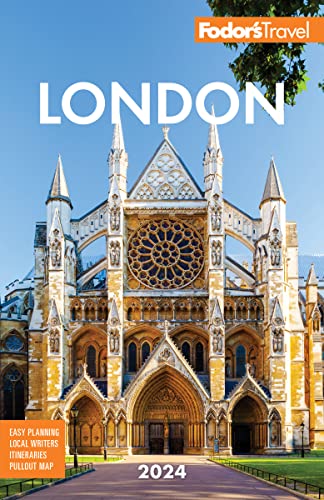Back in 1818, even impoverished Romantic poet John Keats could afford to live in Hampstead. His former residence, now known as Keats House, is a pretty Regency villa where he spent two years and wrote several of his most famous works. These days Hampstead’s bohemian past is long gone, although several distinguished writers, actors, and musicians still live here. Artisanal food shops and boutiques cluster along Hampstead High Street, where upscale high-street chains proliferate the closer you get to Hampstead Tube station. Be sure to leave the beaten path to explore the numerous narrow charming roads, like Flask Walk, Well Walk, and New End Road. Also hidden among Hampstead’s winding streets are Fenton House, a Georgian town house with a lovely walled garden, and Burgh House, the oldest (1704) house in the village and a repository of local history.
Hampstead’s biggest claim to fame, however, is Hampstead Heath (known locally as "The Heath"), 791 acres of verdant open space, woods, spring-fed swimming ponds, and some of Europe’s oldest oaks. It’s also home to one of London’s highest vantage points (321 feet), Parliament Hill. On the Highgate end of Hampstead Heath, you’ll find Kenwood House, an 18th-century mansion that was designed by Robert Adam and is noted for its remarkable art collection and grounds.






